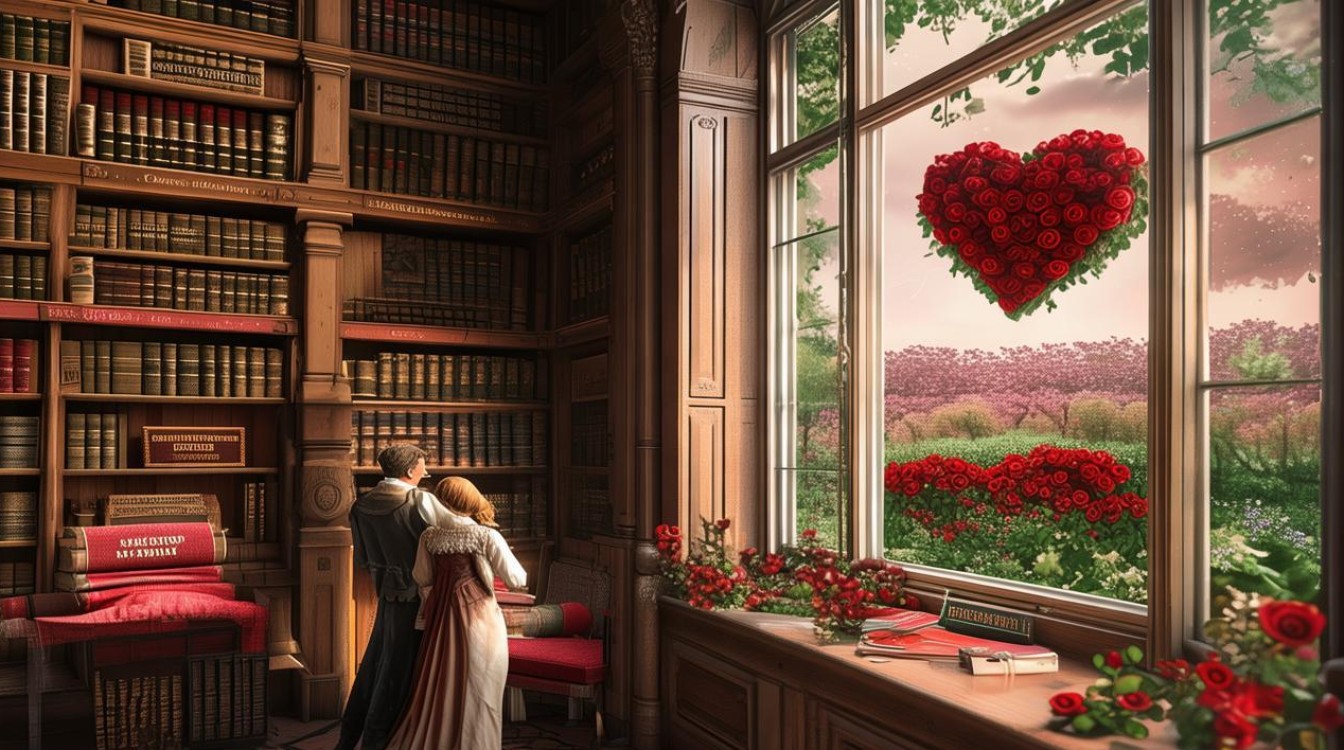Valentine's Day, celebrated on February 14th, is a time for expressing love and affection. But how did this romantic tradition begin? The history of Valentine's Day is a blend of ancient customs, Christian influences, and modern commercialization. Alongside its fascinating origins, certain English words have become synonymous with the holiday. Let’s explore both the story behind Valentine's Day and the essential vocabulary associated with it.

The Historical Roots of Valentine's Day
The origins of Valentine's Day trace back to ancient Rome. One theory connects it to the pagan festival Lupercalia, held in mid-February. This festival celebrated fertility and included rituals like matchmaking through a lottery system. When Christianity spread, the Church sought to replace pagan traditions with Christian observances.
Another theory ties the holiday to Saint Valentine, a third-century Roman priest. Emperor Claudius II had banned marriages for young men, believing single soldiers fought better. Valentine defied this decree by secretly performing marriages. Eventually, he was executed on February 14th. Some legends suggest he sent the first "valentine" to a jailer's daughter, signing it "From your Valentine."
By the Middle Ages, Valentine's Day became associated with romantic love. Geoffrey Chaucer’s 14th-century poem Parliament of Fowls linked the day with birds choosing their mates. Over time, handwritten love notes, or "valentines," gained popularity in Europe. The Industrial Revolution later made printed cards widely accessible, solidifying the holiday’s commercial appeal.

Essential Valentine's Day Vocabulary
To fully appreciate the holiday, here are key English words and phrases tied to Valentine's Day:
- Cupid – The Roman god of love, often depicted as a winged boy with a bow and arrow. His Greek counterpart is Eros.
- Romance – A feeling of excitement and mystery associated with love.
- Admiration – A deep respect and fondness for someone.
- Affection – A gentle feeling of fondness or liking.
- Chocolate – A popular Valentine’s gift, symbolizing sweetness in relationships.
- Flowers (especially Roses) – Red roses represent love, while other colors convey different emotions.
- Proposal – An offer of marriage, often made on romantic occasions.
- Candlelit Dinner – A classic romantic setting for couples.
- Devotion – Loyalty and deep care for a loved one.
- Cherish – To hold someone dear and protect them lovingly.
How Valentine's Day Is Celebrated Today
Modern celebrations vary globally. In Western cultures, couples exchange gifts like jewelry, chocolates, and handwritten notes. Some propose marriage on this day, while others enjoy a quiet evening together. Friends and family also participate by exchanging small tokens of appreciation, known as "Galentine's Day" or "Palentine's Day."
In Japan and South Korea, women traditionally give men chocolates on February 14th, while men reciprocate on "White Day" (March 14th). Latin American countries call it "Día del Amor y la Amistad" (Day of Love and Friendship), emphasizing both romantic and platonic bonds.

The Commercial Influence on Valentine's Day
The 19th century saw the rise of mass-produced valentines, thanks to companies like Hallmark. Today, the holiday drives billions in spending on gifts, dining, and travel. Critics argue it pressures people into grand gestures, while supporters see it as a chance to celebrate love in all forms.
Whether you embrace the festivities or prefer a low-key approach, understanding the history and vocabulary of Valentine's Day adds depth to the occasion. From ancient rituals to modern expressions of love, this holiday remains a timeless celebration of human connection.
Love, in all its forms, deserves recognition—not just on February 14th, but every day.


